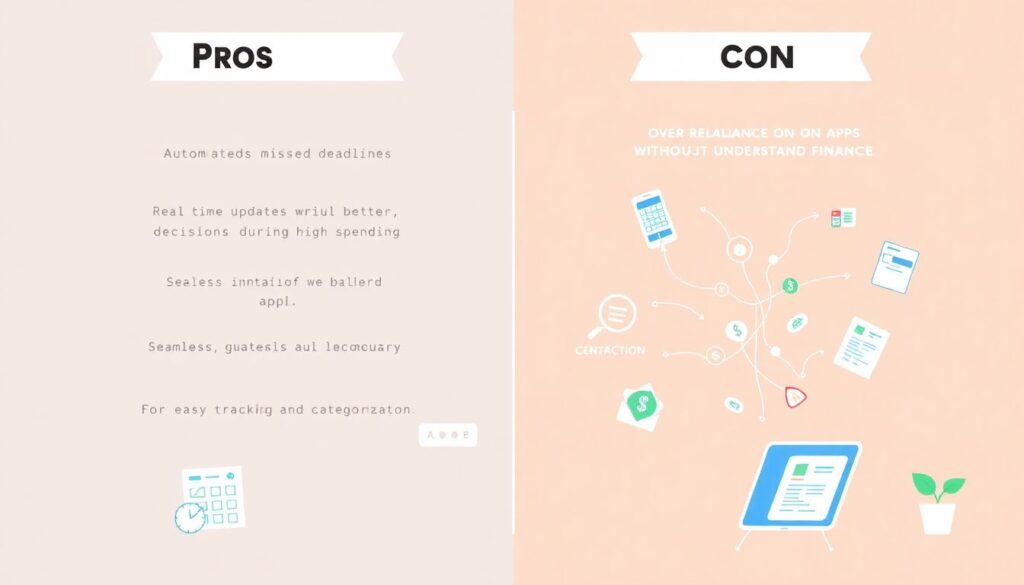Understanding the Challenge: Seasonal Expenses in Focus
Seasonal expenses, particularly during the holidays and back-to-school periods, often catch households off guard. These financial peaks are predictable, yet millions of people fail to plan adequately, resulting in debt accumulation or disrupted monthly budgets. While December holidays bring costs related to gifts, travel, and festivities, late summer demands spending on school supplies, clothing, and extracurricular activities. The key to managing these periods lies in proactive financial planning, but many beginners fall into common traps that undermine their intentions.
Common Mistakes Beginners Make
1. Underestimating Total Costs

One of the most frequent errors is underestimating the true scope of seasonal spending. Many people focus only on major expenses—like the cost of a laptop for school or a few holiday gifts—while ignoring smaller, cumulative costs such as wrapping paper, teacher gifts, or school lunches. These “invisible” expenses can easily add up to hundreds of dollars. Beginners often fail to track these items, leading to blown budgets.
2. Relying on Credit Without a Payoff Plan
Another critical misstep is depending on credit cards to cover seasonal expenses without a repayment strategy. While credit can be a useful tool for managing short-term cash flow, using it without a clear plan to pay off the balance results in high-interest debt. New budgeters may be lured by promotional sales or discounts, only to face compounding interest charges in the following months.
3. Planning Too Late
Many individuals wait until the last minute to start planning for seasonal expenses. For example, waiting until Black Friday to begin holiday shopping or until August to think about school supplies puts pressure on both time and finances. This reactive approach reduces the opportunity to make cost-effective decisions and increases the likelihood of emotional, impulsive purchases.
4. Ignoring Digital Tools
Despite the availability of budgeting apps and online planners, newcomers often overlook these resources. They may feel overwhelmed by technology or assume that manual tracking is sufficient. However, avoiding digital tools can be a disadvantage, especially when managing multiple categories of expenses simultaneously.
Comparing Approaches: Traditional Budgeting vs. Tech-Driven Solutions
There are two primary strategies for seasonal expense planning: manual budgeting and digital financial tools. Traditional methods involve using spreadsheets or pen-and-paper lists to allocate funds. This approach appeals to those who prefer tactile interaction and full control over their planning.
In contrast, tech-savvy users may opt for mobile apps like YNAB (You Need a Budget), Mint, or EveryDollar, which automate expense tracking, provide bill reminders, and generate spending forecasts. These platforms can integrate with bank accounts to deliver real-time insights into financial habits.
Each method has its merits. Manual tracking fosters awareness but is time-consuming and prone to human error. Digital tools offer efficiency and accuracy but may require a learning curve and data privacy considerations.
Pros and Cons of Technology in Budget Planning

Pros:
1. Automated reminders help prevent missed deadlines or late payments.
2. Real-time updates allow for better decision-making during high-spending periods.
3. Integration with bank accounts simplifies tracking and categorization.
Cons:
1. Risk of over-reliance on apps without understanding the underlying budget principles.
2. Privacy concerns, especially if apps request access to personal financial data.
3. Subscription-based models may introduce additional costs.
Recommendations for Beginners
To build a sustainable approach to seasonal spending, consider the following steps:
1. Start Early – Begin planning for the holidays in summer and for back-to-school in spring. This allows time to save gradually.
2. Create a Dedicated Savings Fund – Set up a separate savings account for seasonal expenses to avoid dipping into emergency funds.
3. Track All Expenses – Include both major and minor items in your budget. Be thorough.
4. Use Technology Wisely – Choose one app that fits your comfort level and commit to learning its features.
5. Review and Adjust Annually – After each season, evaluate what worked and what didn’t to refine your strategy.
Trends in Seasonal Spending for 2025

Looking ahead to 2025, several trends are shaping how people approach seasonal expenses. First, there’s an increasing emphasis on sustainability—consumers are spending more on eco-friendly school supplies and reusable holiday decorations. Second, digital gift-giving and e-learning materials are reducing physical costs while raising expectations for digital literacy.
Additionally, AI-powered financial planning tools are gaining traction. These platforms not only track spending but also offer predictive budgeting based on previous years’ data. Finally, inflation and economic uncertainty continue to influence cautious spending, prompting families to prioritize needs over wants and seek value in every purchase.
Conclusion: Build a Plan, Avoid the Pitfalls
Planning for seasonal expenses is not just about setting aside money—it requires foresight, discipline, and smart use of available tools. Beginners often stumble by underestimating costs, procrastinating, or ignoring digital solutions. By recognizing these pitfalls and adopting a proactive, tech-assisted approach, individuals can navigate the financial demands of holidays and back-to-school season with confidence and control.

